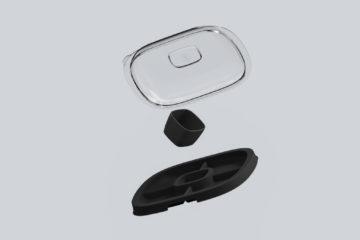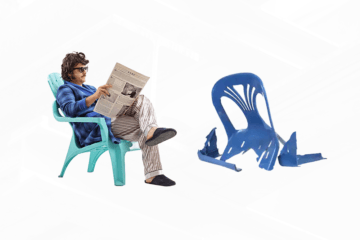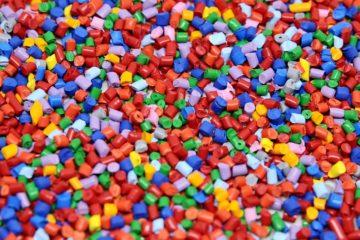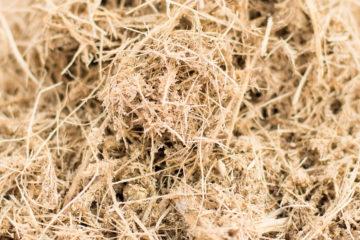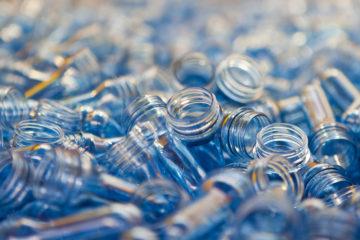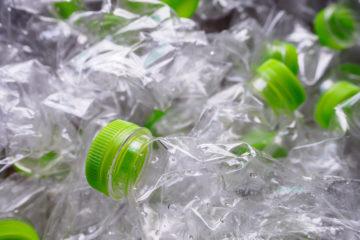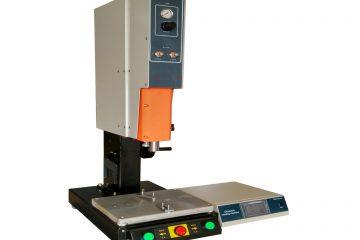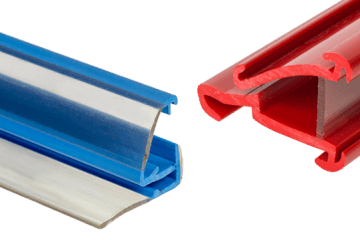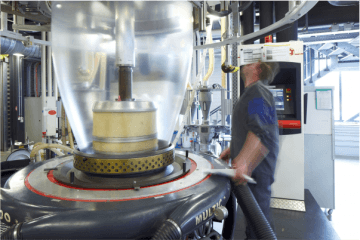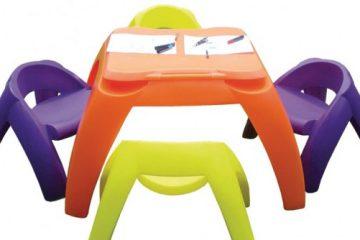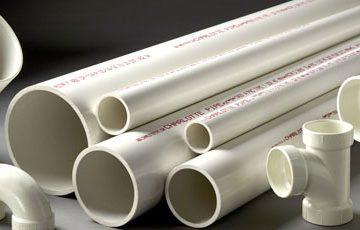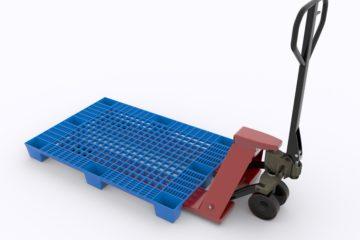
Polycarbonate is a naturally transparent amorphous thermoplastic. Although made commercially available in a variety of colors, the raw material allows for the internal transmission of light nearly in the same capacity as glass. Polycarbonate polymers are used to produce a variety of products and are particularly useful when impact resistance and/or transparency are a product requirement (e.g. in bullet-proof glass). Polycarbonate is commonly used for plastic lenses in eyewear, in medical devices, automotive components, protective gear, greenhouses, Digital Disks (CDs, DVDs, and Blu-ray), and exterior lighting fixtures. Polycarbonate is also a naturally flame retardant material, and and can be further combined combined with flame retardant fillers for better performance without significant material degradation.
Polycarbonate is regarded as an engineering plastic, in that it is typically used when the application requires strength, impact resistance and durability. In addition to high strength, Polycarbonate is also capable of creating one of the best surface finishes available when making a part from plastic.
Polycarbonate’s primary drawback is its poor chemical resistance. Many common hydrocarbons such as fuels and lubricants can etch or craze it, resulting in whitening of the part that is not just aesthetic, but can cause structural damage.
It is also subject to stress cracking, and as such works best in ridged applications, and constant flexing will degrade it rapidly. If Polycarbonate isn’t the right plastic for you, take a look at our article on 10 common types of plastics.
Subscribe to Our Newsletter
Get the latest news from Dienamics into your inbox





